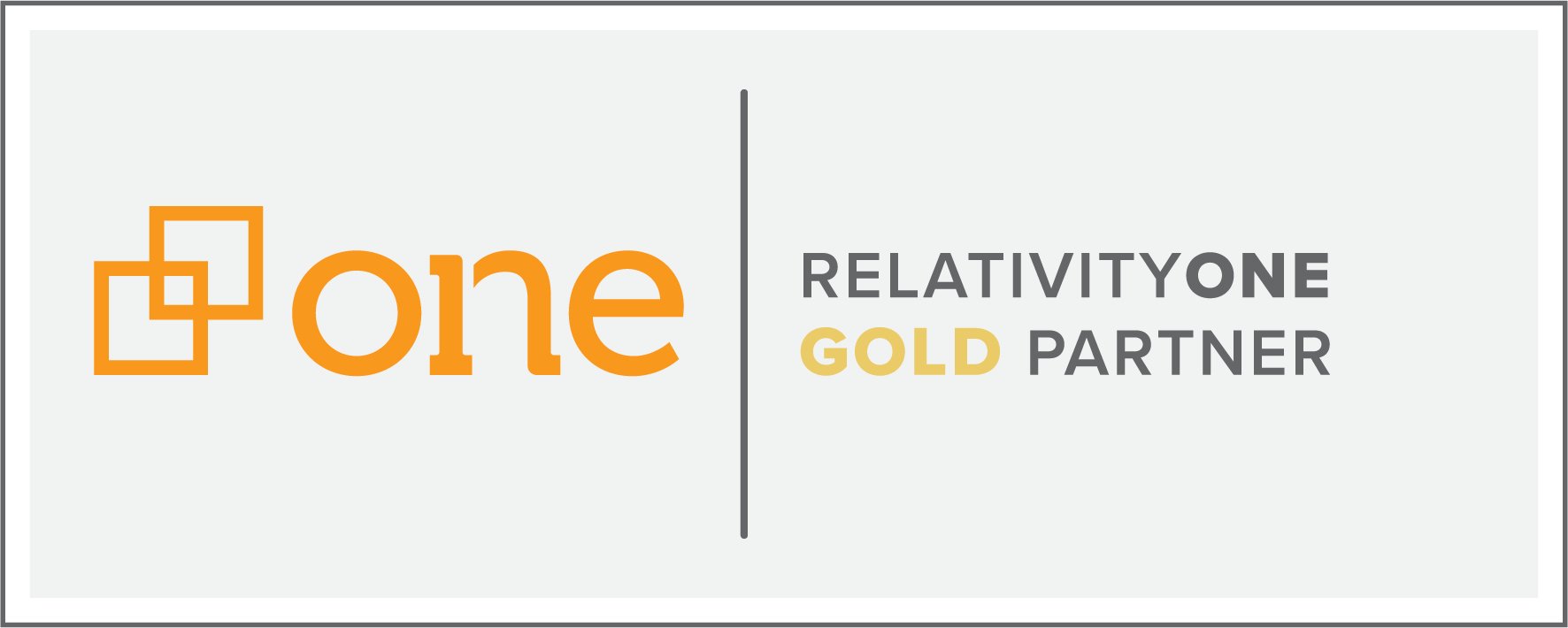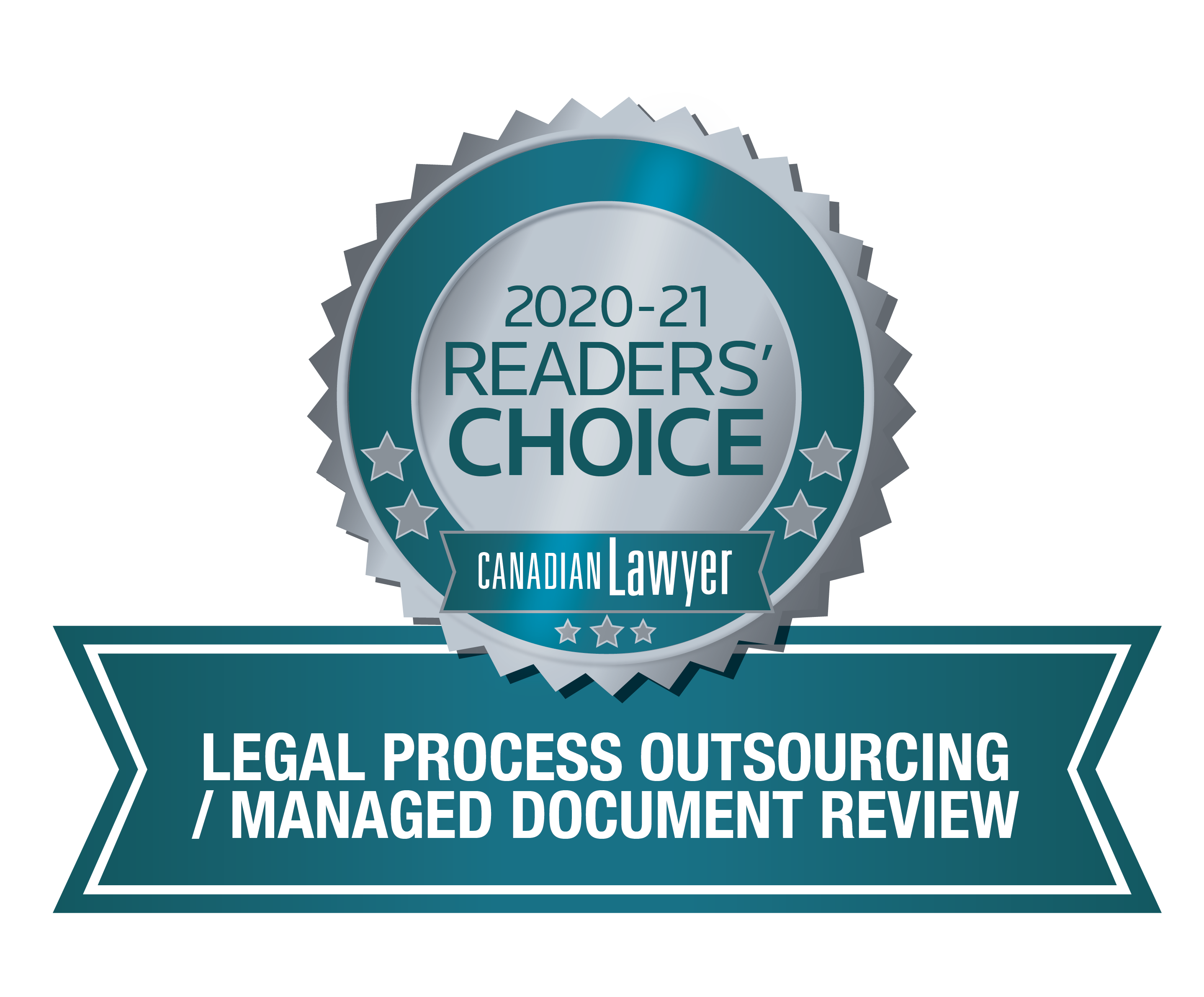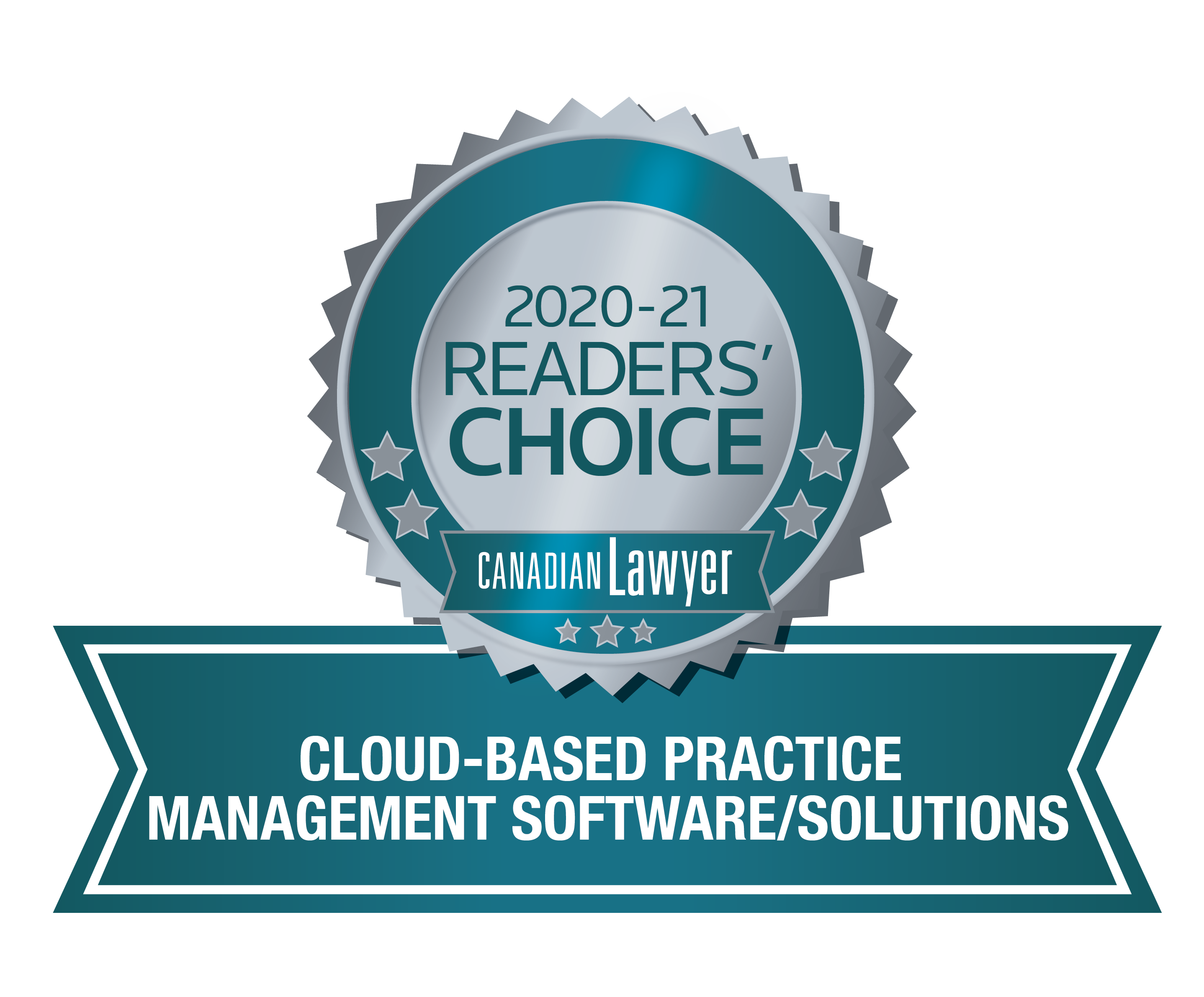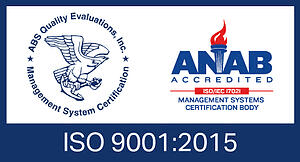
Given our heavily technical world, most litigation cases result in an eDiscovery case. This means gathering any electronically stored information and extracting metadata (data about data) to gain insight and search documents. The traditional method of legal discoveries was to have a room filled with boxes of paper, in which people would review each single sheet and document and create a catalogue of any potentially relevant documents. As you can imagine, this was extremely time consuming and rather labour intensive.
As the wave of technology hit our day-to-day lives, it changed the approach to discovery as more and more data was being used and collected. While the review of physical documents for potentially relevant evidence is still required, the method of reviewing is much more efficient with eDiscovery. When I first started working in eDiscovery, collecting 5GB of data was considered a large project. Now 5GB would be considered small and may consist of only one custodians email files.
If you're new to the world of eDiscovery, starting on your first project can be intimidating. Here are five tips to ensure an easy transition.
1. Planning
This is the most crucial part to any project you have. Regardless of whether the project is eDiscovery, paper conversion services, collection or otherwise, having a plan in place from the start will help you create an appropriate timeline for your matter. This allows for gathering the documents in a timely manner, processing, coding, reviewing and production. Developing a plan allows you to see where any documents may be and determine a method of collection, if required.
2. Exchange Protocol
An Exchange Protocol, or Discovery Protocol, may outline the parameters of what is relevant, what type of data is being gathered, how the documents should be treated, the numbering assignment for each party and how documents are to be exchanged between parties. Having this in hand when starting your eDiscovery project makes it easy for all involved and ensures that all sides of the matter are treated in the same way. It also alleviates second guessing on the format for exchange. When working with a vendor, you can have your experienced Project Manager review the exchange protocol and provide any feedback. This enables you to address any concerns prior to moving forward with the project and could potentially save you in cost rework in the future.
3. Data Reduction
When you receive a large file, it is most helpful to reduce the data set to any potentially relevant subsets. This can be achieved by running searches or relevant date ranges on the data set so that you can focus on the key parts of the matter. Removing any potentially irrelevant data also expedites your review.
4. Utilize Analytics
Structured analytics has been a major game changer in the eDiscovery industry. Utilizing structured analytics such as Near Duplicate Detection or Email Threading greatly helps in the speed and efficiency of any review. With Near Duplicate Detection, you can easily see different versions of the document and compare changes and differences between the versions. With Email Threading, you can focus on reviewing the most inclusive email (most complete email) without having to re-read any emails in between.
5. Review Prioritization
Prioritize your review to focus on key custodians first and have your review team established. Knowing how many reviewers you have will help you determine how long it will potentially take to review your data set. By prioritizing the review, you can create batches (sets of documents) for each reviewer so that they are assigned a specific set of documents without re-reviewing each other’s work. Aside from the Structured Analytics mentioned above, you can utilize machine learning tools such as Relativity’s Continuous Active Learning, which identifies any potentially relevant data as you code the documents, thus reducing the time spent on review.
---
Having good practices put in place will help ensure that your eDiscovery Project flows as smoothly and easily as possible. Of course, when working with a vendor, you can always rely on their Professional Services team to guide you and provide any additional insight on what can be done to make your project more efficient or cost effective. If you need help getting started, be sure to reach out to us today.
You may also be interested in...
 How to Collect, Copy and Move Data Without Changing Its Metadata
How to Collect, Copy and Move Data Without Changing Its Metadata
Learn how to collect, copy and move data without accidentally changing the hidden (and extremely important) details about the file.
 5 Ways to Deal With Large Data Dumps
5 Ways to Deal With Large Data Dumps
The next time you receive a large data dump, try these practices when building out your strategy. All five steps can be done remotely and help you through even the most frustrating cases.








